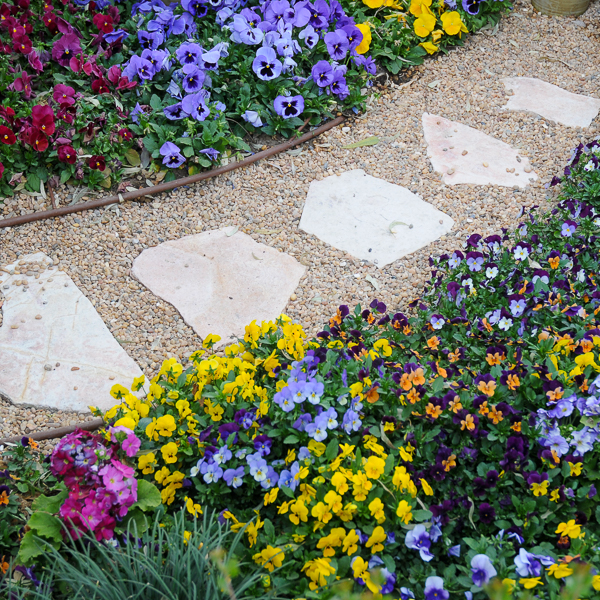How it Works: Preen Garden Weed Preventers
Here's how our Garden Weed Preventers prevent weeds before they even sprout rather than killing them after they’ve already had the chance to grow.
The COVID-fueled gardening boom continued for a second year in 2021 as one marketing study found that 86% of gardeners said they gardened as much in 2021 as 2020 – a year when an estimated 18 million new Americans took up the hobby.
What’s in store for 2022? Here are five trends that industry watchers believe are brewing:
Research by the National Gardening Association finds that the biggest growth in gardening is coming from Millennials (born roughly between 1981 and 1996), although there’s been increasing growth in other groups not previously associated with gardening such as renters, younger families, and apartment/condo dwellers.
“Men under 35 show the most significant increase,” says Katie Dubow, president of the Pennsylvania-based Garden Media Group and author of its 2022 “From Crisis to Innovation” Garden Trends Report.
She cites one study that showed “eight in 10 young people think gardening is ‘cool’ – and that more than half would rather go to a garden center than a nightclub.”

Gary John Norman / Getty Images
Minnesota-based Axiom Marketing asked gardeners at the end of last season what specific new projects were in their plans for 2022.
The top answers, in order, were:
1.) create a new vegetable garden;
2.) add new annual and perennial flowers;
3.) add more garden space in general;
4.) install plantings for pollinators;
5.) add new trees and shrubs;
6.) add new container plantings,
7.) add new native plants.
Curious younger gardeners are primarily interested in growing their own food and the family benefits of gardening, while older gardeners say they garden mainly to beautify the house and for exercise.
Garden Media Group’s Dubow says the front yard also looks to be a key target for 2022 improvements, especially projects such as painting shutters and front doors, adding window boxes and planters, adding front-porch curtains, and planting front-yard trees.
All of the demand from new gardeners and increased yard projects – combined with COVID- and supply-chain-related staffing, production, and shipping problems – will likely add up to tight supplies and even higher prices for plants and gardening products in 2022.
That’s already been happening as gardeners ran into a second year of seed sellouts last year and saw higher prices for everything from insect sprays to plants to landscaper estimates.
Nursery growers also have been tapping into their future supplies to meet current demand, which means tighter supplies of trees, shrubs, and evergreens. That could take years to balance out as tree-growers can’t just step up production lines to quickly rebuild supplies.
A recent poll by the National Association of Landscape Contractors found that 80 percent of landscapers either increased prices in 2021 or are planning to increase them in 2022 – mainly because of higher labor and materials costs.
Another trend thought to be tied to COVID is an increase in both growing and buying cut flowers.
Bouquets and cut-flower sales have been on the upswing since COVID hit. The thinking is that they’re an inexpensive way to bring cheer home.
2021 saw another 10 percent increase in cut-flower sales, according to the Produce Marketing Association, and that interest seems to be spilling over into people deciding to plant their own flowers for cutting purposes.
Shows like Netflix’s The Big Flower Fight, HBO’s Full Bloom, and lots of social-media floral-design videos are also helping to fuel the cut-flower interest.

Linda Raymond / Getty Images
The droughts that many parts of the country have been experiencing in recent years have led many gardeners to try and reduce their water use in the yard.
This reduction in water use has increased use of succulents, but it’s also spawning two particular variations of rock gardens.
One is a “gravel garden,” which uses gravel as mulch in gardens that are planted with sedums, hens and chicks, yucca, ornamental grasses, and other drought-tough plants.
The other is a “crevice garden,” which uses mini-outcroppings of rock and collections of compact drought-tough or alpine plants to mimic natural mountainside plantings.

amite / Getty Images